The World After Humans
Almost 40 years ago, about 2.5 thousand square kilometers turned into an uninhabitable zone. An unprecedented evacuation of the population and the cessation of economic activity took place on a scale never seen before in peacetime. We know the reason well—the Chernobyl disaster, the largest man-made catastrophe in human history.

The World After Humans
How plants and animals are changing
in the Chornobyl zone
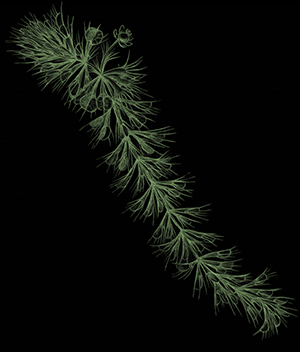
Aldrovanda
vesiculosa
This material is dedicated to my son Makar
Nadia Kelm
Читати українською
Almost 40 years ago, about 2.5 thousand square kilometers turned into an uninhabitable zone. An unprecedented evacuation of the population and the cessation of economic activity took place on a scale never seen before in peacetime. We know the reason well—the Chernobyl disaster, the largest man-made catastrophe in human history.
All illustrations here depict rare species listed in international and Ukrainian conservation lists.

Allium
ursinum

Aldrovanda
vesiculosa
However, the exclusion zone did not become a wasteland. The territory abandoned by people began to be taken over by nature. In the first months after the Chornobyl accident, high doses of radiation destroyed both animals and plants, giving rise to the infamous Red Forest. But within a few years, researchers noticed an increase in the number of typical species and the appearance of rare species of flora and fauna in the exclusion zone.
Eastern
imperial eagle
Fifteen to twenty years later, hundreds of thousands of hectares of the exclusion zone became a testing ground for a unique natural experiment of global significance. Hundreds of species of animals, including those listed in the Red Book, found refuge here.

Allium
ursinum
Eurasian
otter
On April 26, 2016, on the tragedy anniversary, the state announced the creation of the Chornobyl Radiation and Ecological Biosphere Reserve, the largest in Ukraine by area. It has been included in the UNESCO World Network of Biosphere Reserves.
Fauna
The most famous inhabitants of the Chornobyl Reserve are probably the Przewalski's horses. In the 1990s, they formed a unique free-ranging population here. In addition to them, more than 300 species of vertebrate animals live here, 75 of which are listed in the Red Book of Ukraine, 14 in the Red List of the International Union for Conservation of Nature, and 16 in the European Red List.
Many species of birds are protected under the Convention on the Conservation of Migratory Species of Wild Animals.
Triturus
cristatus
Eastern
imperial eagle
Eurasian
otter
Of particular interest is the feralization of cows abandoned by people—animals that humans domesticated among the first and which are hard to imagine in the wild today. They have formed a group with a clear hierarchy, which survives and reproduces perfectly without veterinarians, zootechnicians, or stables.
Phototraps are set up in the reserve, capturing images of large predators (brown bear, lynx, wolf) and ungulates (elk, deer, roe deer).
Common
pochard
Today, the species composition of animals in this area corresponds to the fauna composition of the Polissia region.
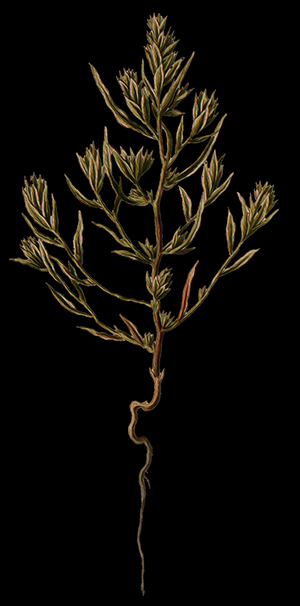
Corispermum
hyssopifolium
Flora
Until the 18th-19th century, everything here was covered with forests, but at the beginning of the 20th century, glass, potash production, and ore mining appeared in the region, actively using wood and land. Land reclamation began, and the forest lands were developed for agriculture. The forest decreased, and with it, some plant species began to disappear. After World War II, the territories were planted with pines, which are not typical for this area. These and the dried-up swamps became factors in the easy spread of fires (read more about this in our project “Tortured by Smoke”). Therefore, one of the reserve's tasks is to restore the swamps.

Corispermum
hyssopifolium
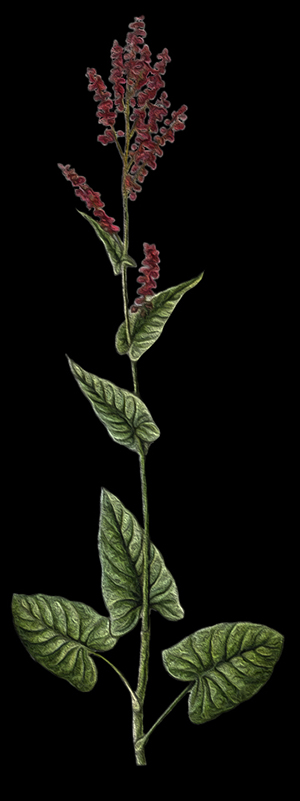
Rumex
ucranicus
Current Natural Zones of the Chernobyl Radiation and Ecological Biosphere Reserve

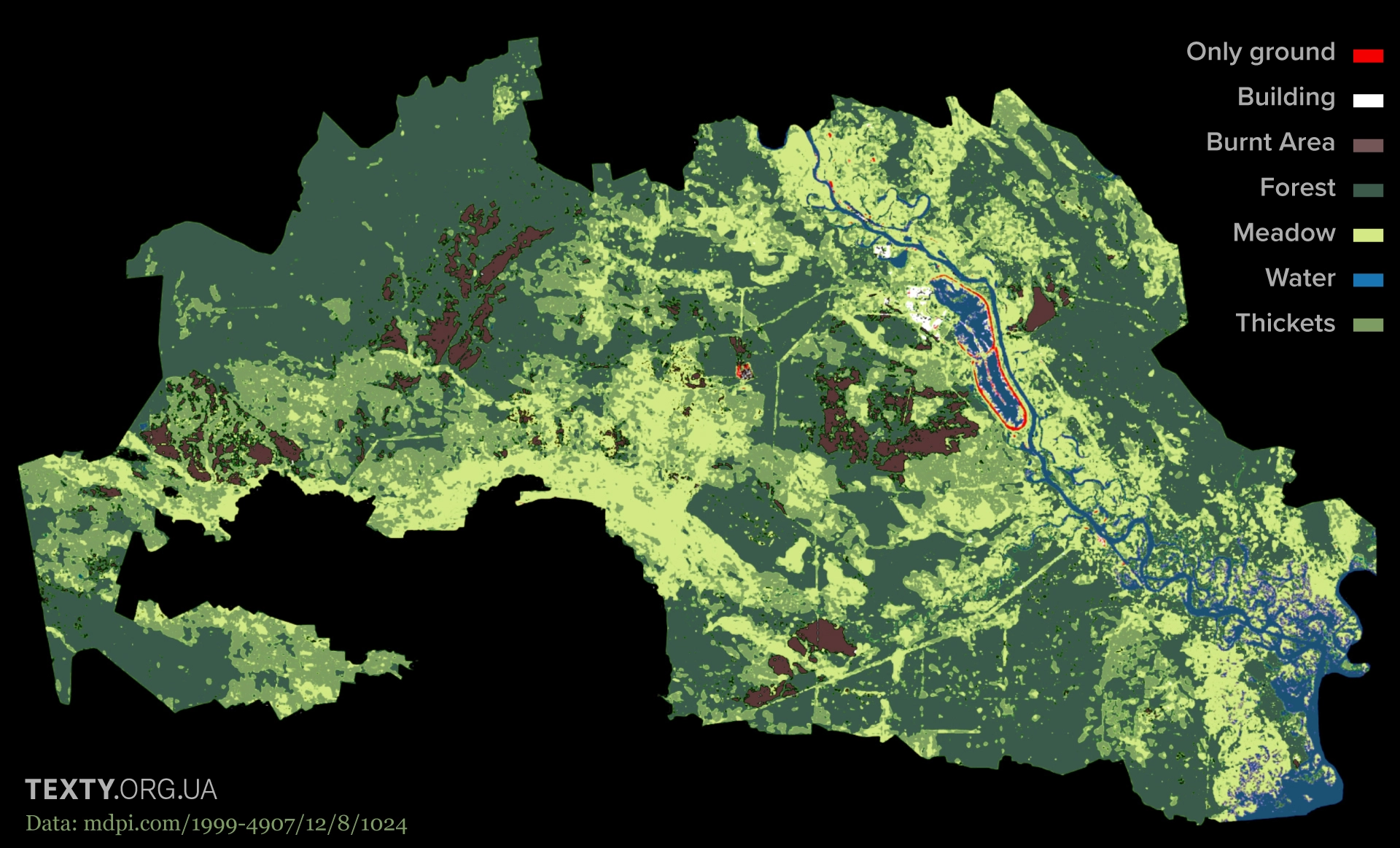
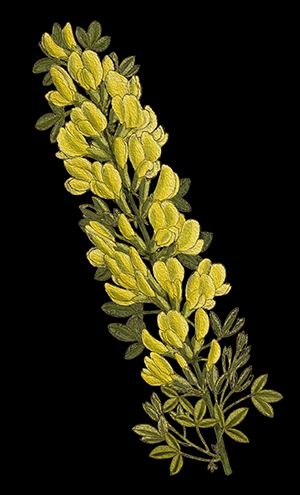
Cytisus
ratisbonensis
Natural Zones of the Chernobyl Radiation and Ecological Biosphere Reserve from 1986 to 2020
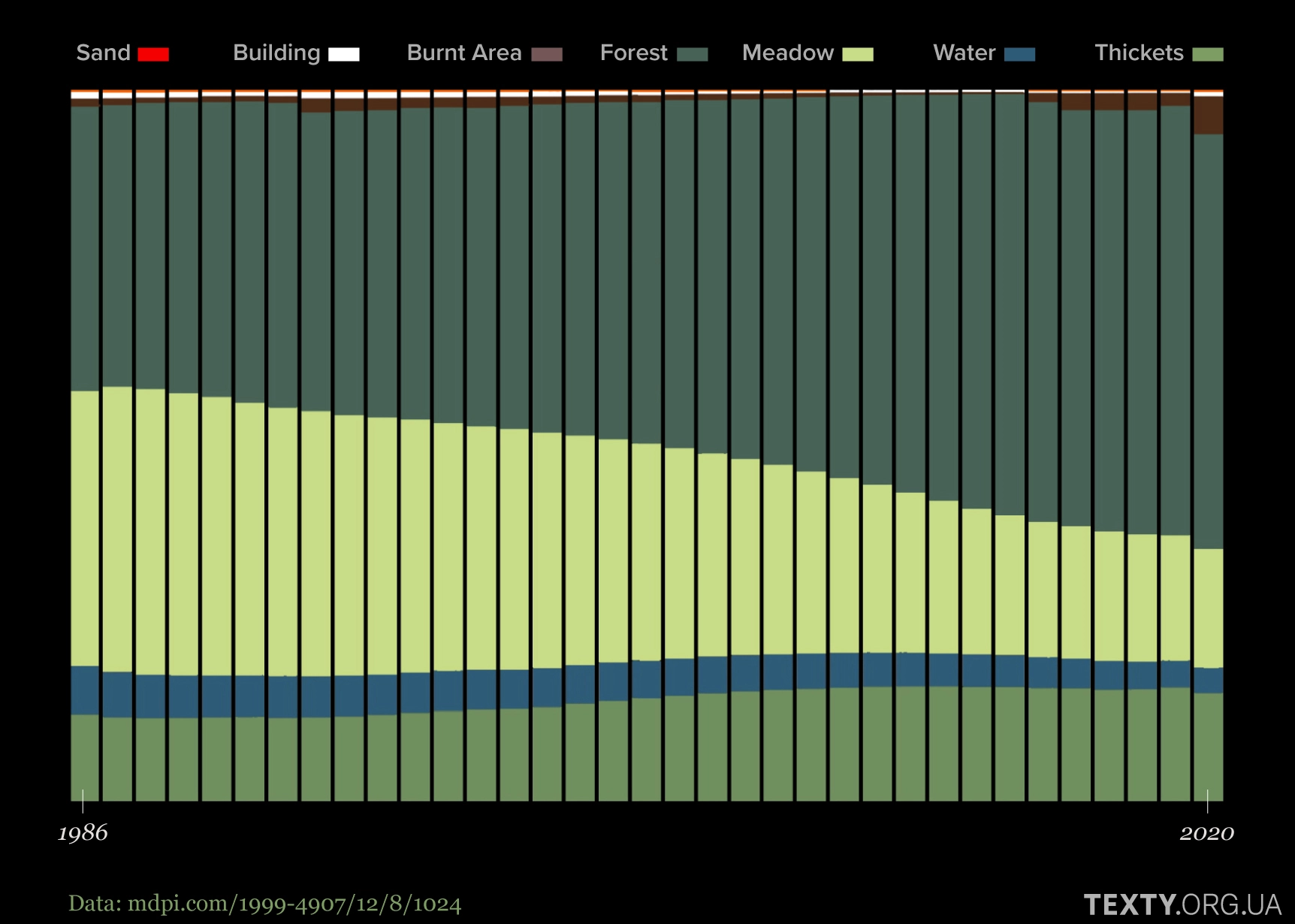
If you look at this territory from space, the first thing you notice is how quickly the fields are erased by the hand of nature after 1986.

Rumex
ucranicus

Dactylorhiza
maculata
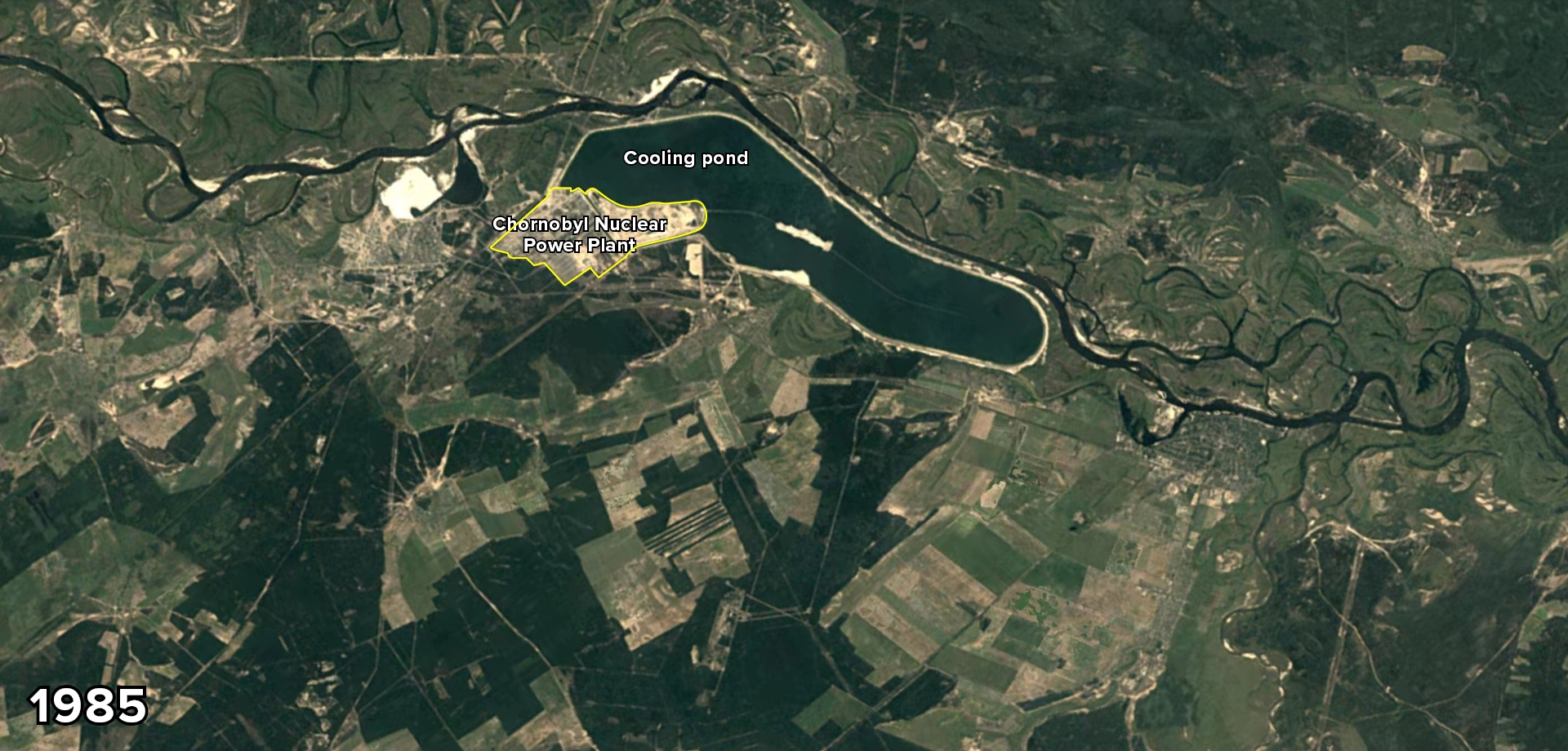
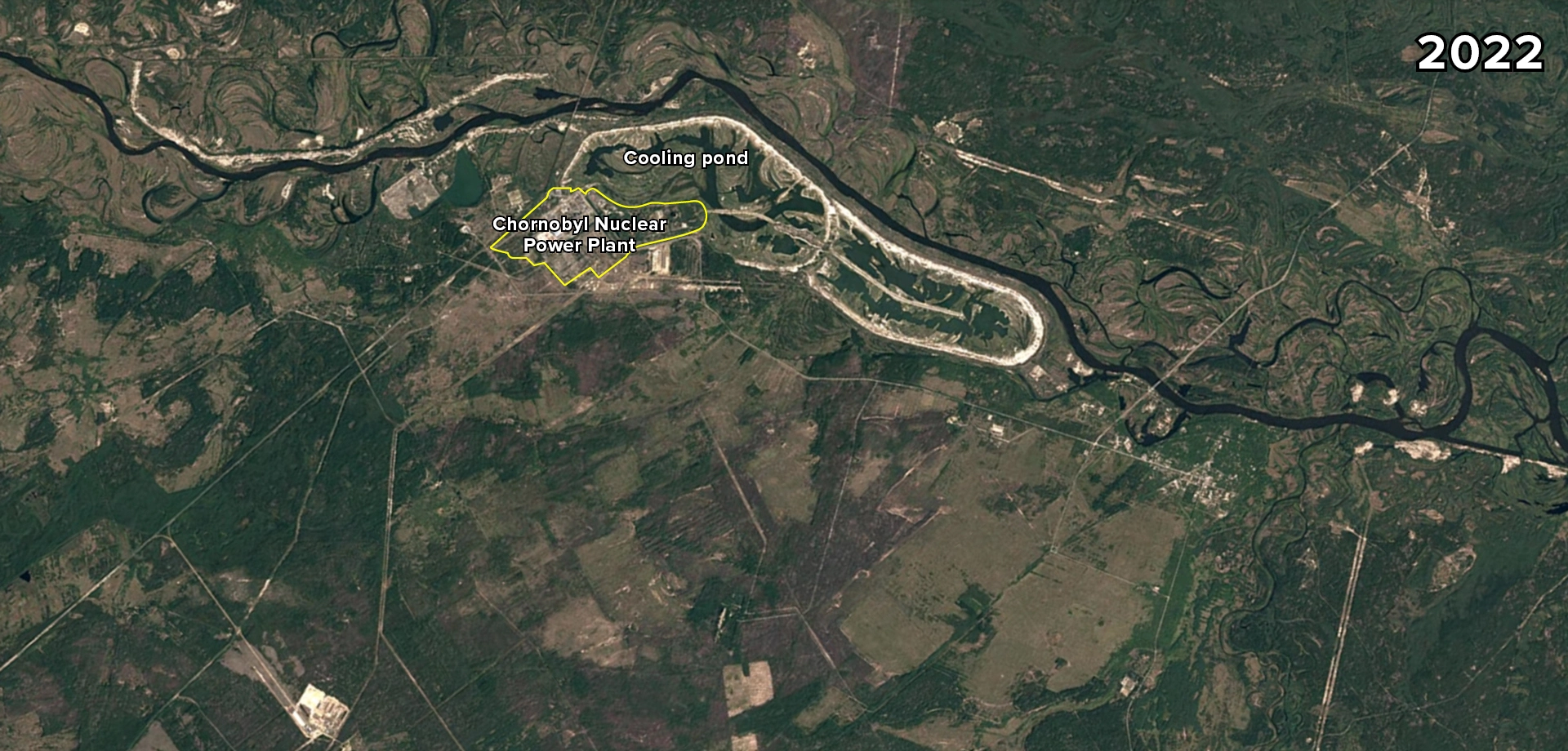
Today, the plant world of the reserve includes 1,256 species of vascular plants, 120 species of lichens, and 20 species of mosses. Here, 46 species of flora from the Red Book of Ukraine and 5 species from the European Red List can grow undisturbed.
Currently, this zone belongs to broadleaf forests in terms of vegetation.
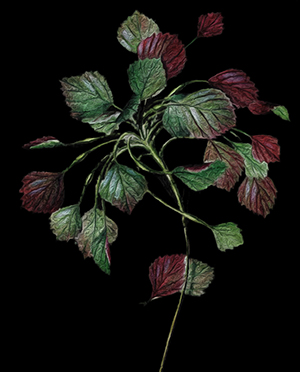
Water cuarop
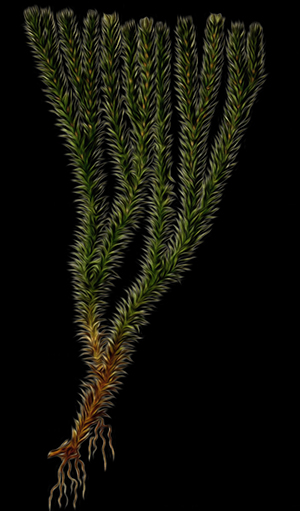
Huperzia
selago
Occupation
Fortunately, the ecosystem was almost unharmed. The occupiers looted the reserve's offices: they stole vehicles, office equipment, thermal imagers, phototraps, dosimeters, safes with documents, generators, GPS trackers, furniture, drones, laboratory equipment, tools, personal protective equipment, special clothing, and personal belongings of employees. They partially destroyed buildings in the town of Chornobyl and the observation post in the village of Ragyvka, completely destroyed the building in Chornobyl on Kotovsky Street, 4, and the Coordination Center for Operational Fire and Emergency Management.
Corn crake
Corn crake
Why do animals live, but people don't?
An interview with Denys Vyshnevsky, head of the scientific department of the Chornobyl Radiation and Ecological Biosphere Reserve
Main objective: to produce offspring
— How does radiation affect living organisms? How would you assess their condition in the zone now?
Lesser
noctule
Lesser
noctule
The fact that people are forbidden to live in the exclusion zone does not mean that other living organisms cannot live there. Animals do not live as long as humans to develop health problems specifically related to radiation.
Paleoornithologist Oleksiy Horobets told Texty.org.ua that at one time the effects of radiation on warblers were studied in the exclusion zone. Certain molecular changes in the cells were indeed found. However, these birds generally do not live long enough to experience the effects of these changes, as they are eaten by various predators beforehand.
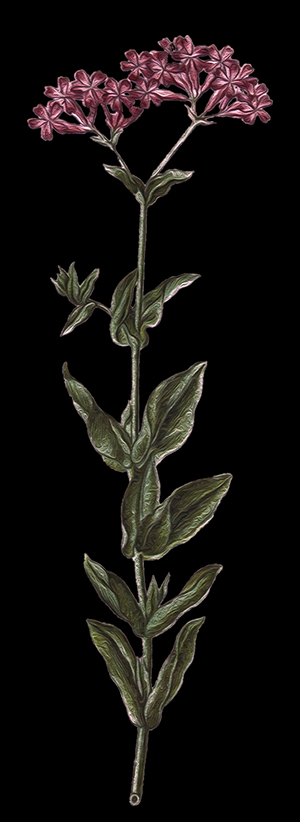
Silene
lithuanica
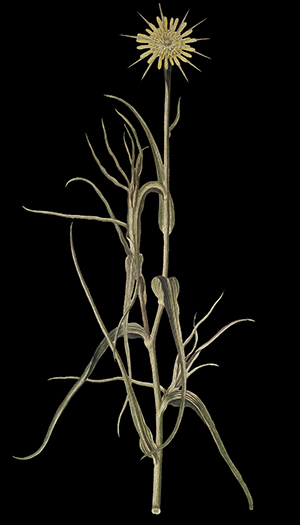
Tragopogon
ucrainicus
The approaches to preserving plants, animals, and humans are entirely different. If it is possible to preserve only the working generation in an animal population, that is already good.

Tragopogon
ucrainicus

Silene
lithuanica
The human protection system is built to ensure the preservation of the entire population, not just people of reproductive age. Therefore, there is no contradiction here, just different approaches.
Radiation sensitivity varies among different organisms. For some insects, in my opinion, it hardly matters whether there is radiation or not. Additionally, with the current global crisis of declining pollinator insect populations, the exclusion zone can serve as a refuge for them (a refuge is a location where a species or group of species can survive under unfavorable conditions. — Ed.).
Przewalski's horse
Przewalski's horse
Wolves, Lynxes, and Horses
— What is the population of Przewalski's horses, lynxes, and other endangered species in the exclusion zone?
We counted the horses more or less accurately just before the war. Our workers regularly encountered their herds. At that time, the total number was 130–140 individuals.
We counted approximately 40 lynxes. Regarding wolves, there should be about 8 packs in the zone. Some of them occupied both our and the Belarusian territories. Ultimately, we estimated 50–60 individuals on our territory.
There is at least one bear living in the Chornobyl zone, possibly more. We have seen tracks and phototraps regularly captured bears. However, to fully confirm that this animal is not just passing through but permanently residing in this area, we need to document reproduction or evidence of hibernation.
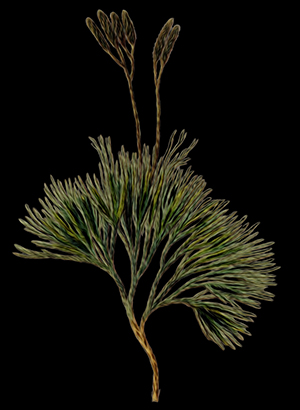
Diphasiastrum
zeilleri
European
beaver
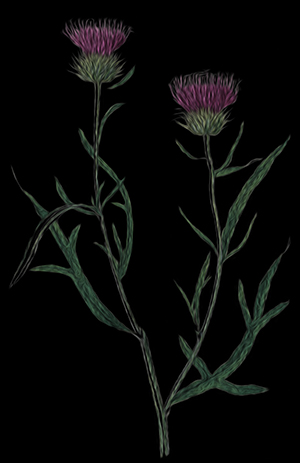
Jurinea
cyanoides
The spread of bison in the zone has been hindered by the cataclysms of recent years. First, COVID-19 forced us to freeze the project of relocating bison from Poland. Then, according to information from the Belarusian part of the zone, their bison herd was supposedly supposed to cross over to us.
It was there, and then it disappeared, supposedly crossing the border. But just after we received this information, the invasion began, and we lost access to the border. So it is unknown whether we have that herd or not and what happened to it.

Water cuarop
— Can you currently survey the entire exclusion zone?
We have certain regime restrictions. Let's not forget that the border with Belarus is nearby. Therefore, we do not travel to the entire territory. Plus, there are restrictions on launching UAVs, which were also used to survey the reserve.
— How much did the animals suffer during the occupation?
I have not seen any photographs of animals that were shot or otherwise harmed. When I arrived in Chornobyl after the occupation, I gathered information from those who stayed about what actually happened. I was told that the Russians simply transited their equipment initially to Kyiv and then returned the remnants along the same route.
Chernobyl served as a transit base and a headquarters at the Chornobyl Nuclear Power Plant. It seems they did not venture deep into the forest. This is confirmed by the fact that when we checked the phototraps set before the invasion, we did not see their military in the forest.
Poachers and Fires
— How about poaching in the zone?
Not at all. Many poachers joined the Armed Forces of Ukraine (AFU). Typically, they are robust individuals with skills in field conditions and weapons handling, so they were quite useful for the AFU. If any poachers remained, it would be suicidal to wander the zone with weapons now. Let's not forget that the exclusion zone is now a border area with its regime. At best, you will be detained and sent to counterintelligence to prove you are not a spy; at worst, an unknown person with a weapon seen through a thermal imager is a potential target.

Jurinea
cyanoides
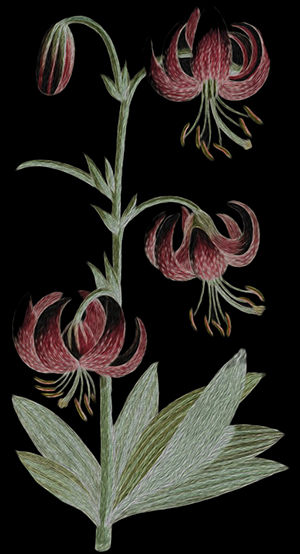
Lilium
martagon
Many poachers joined the AFU

Diphasiastrum
zeilleri
— In 2020, one of the largest fires occurred in the Chornobyl zone. What is the situation now? How much has nature recovered?
Some even speculated that the fire meant the end of nature. But recovery happened quite quickly. First, a fire is not a nuclear explosion. Moreover, it spreads mosaically. Fire in an ecosystem spreads unevenly. There can be a burned area, and right next to it, almost nothing is affected. A few steps left or right from the burned spot, and there are green trees.

Dactylorhiza
maculata

Huperzia
selago
Less Pine
— How has vegetation changed since the Chornobyl disaster?
Changes are occurring, and one can observe a return to pre-human intervention conditions. For example, pine is "falling out," if I may say so. This is a natural process because pine plantations appeared here around the 1950s. They were planted densely for later use as raw material for the wood processing industry. They had no other purpose. Now there is less and less pine. Perhaps one day we will recall it as something unusual.
Overall, the changes in vegetation in the exclusion zone are for the better. A simple indicator is that since 1991, there have never been dust storms here. This is despite the light soils and even sand dunes, but no dust storms.
European
tree frog
Common
pochard
European
tree frog
— Occasionally, there are projects to return the exclusion zone to economic use. What is your opinion on this?
Many are uneasy about such a large territory with no economic activity. Hence the initiatives to return people to the zone, so that the town of Chornobyl could live fully again. This has always puzzled me.
The fact is that today, all of Polissia, not just the exclusion zone, is an area of human depopulation, with towns becoming depopulated due to economic conditions and villages disappearing. This process began before the war. In Chernihiv region, for example, it has been quite evident for a long time.

Lilium
martagon

Iris sibirica
So when I hear about a new project to create something in the zone or in Chornobyl, I want to say: take any other town in the Polesia region experiencing depopulation and poverty and breathe new life into it.
If the project has commercial prospects, why not launch it in the same Zhytomyr region, where people live and are waiting for jobs and investments? Instead, they explain how good it will be to do business in a regime territory with many restrictions and prohibitions. Obviously, it is more interesting to announce a grand victory, gain five minutes of fame, and possibly tap into some budget funds.

Iris sibirica
— What is happening with scientific research in the Chornobyl zone now?
We need to understand that the exclusion zone is a world-class laboratory. It is indeed a unique place where radiology experts from around the world have conducted research.
European
beaver
Especially after 2014, we became more open to international research. There was, for example, quite close cooperation with Japan, with Japanese students coming for internships. After de-occupation, we completed everything we could with our international partners. We were assisted by the AFU, who provided sappers and scouts so we could work in different areas of the zone. Now, on the one hand, we are pausing some international cooperation, but on the other, we are still conducting research and remain on the global scientific map.
Ukrainian
brook lamprey
Ukrainian
brook lamprey
This article was originally written in Ukrainian. It has been translated into English using AI tools such as DeepL, ChatGPT, and Grammarly. If you encounter an error that requires immediate attention, please inform us via Facebook, Twitter, or Instagram. Your understanding and support are appreciated.

